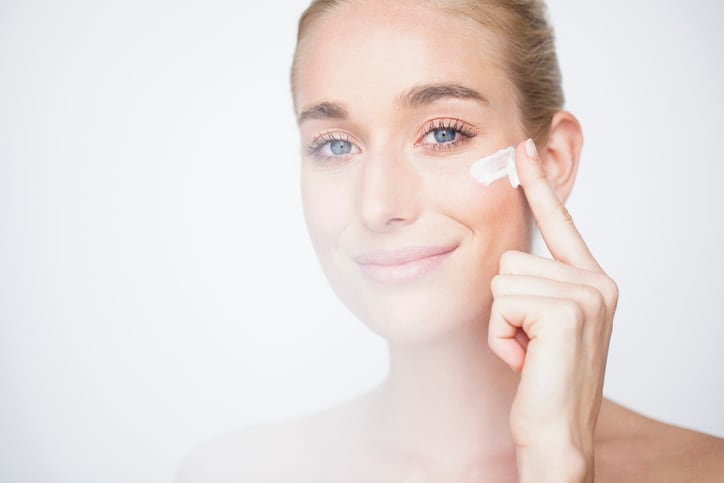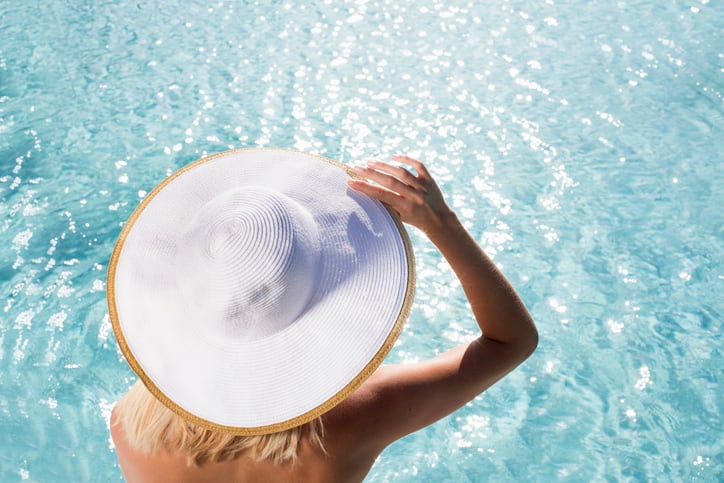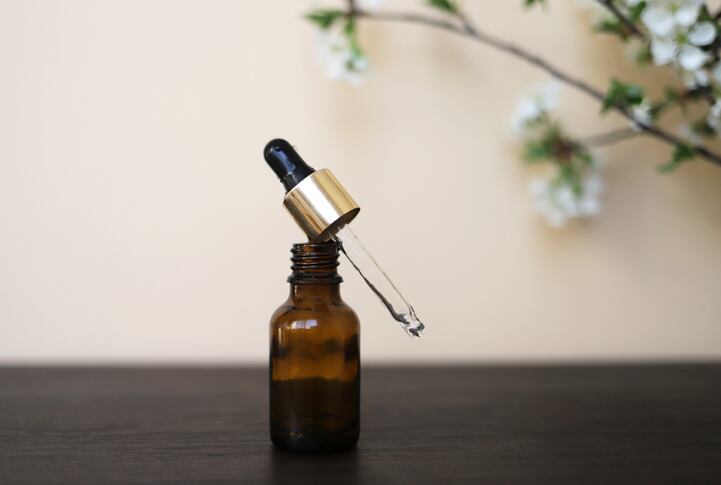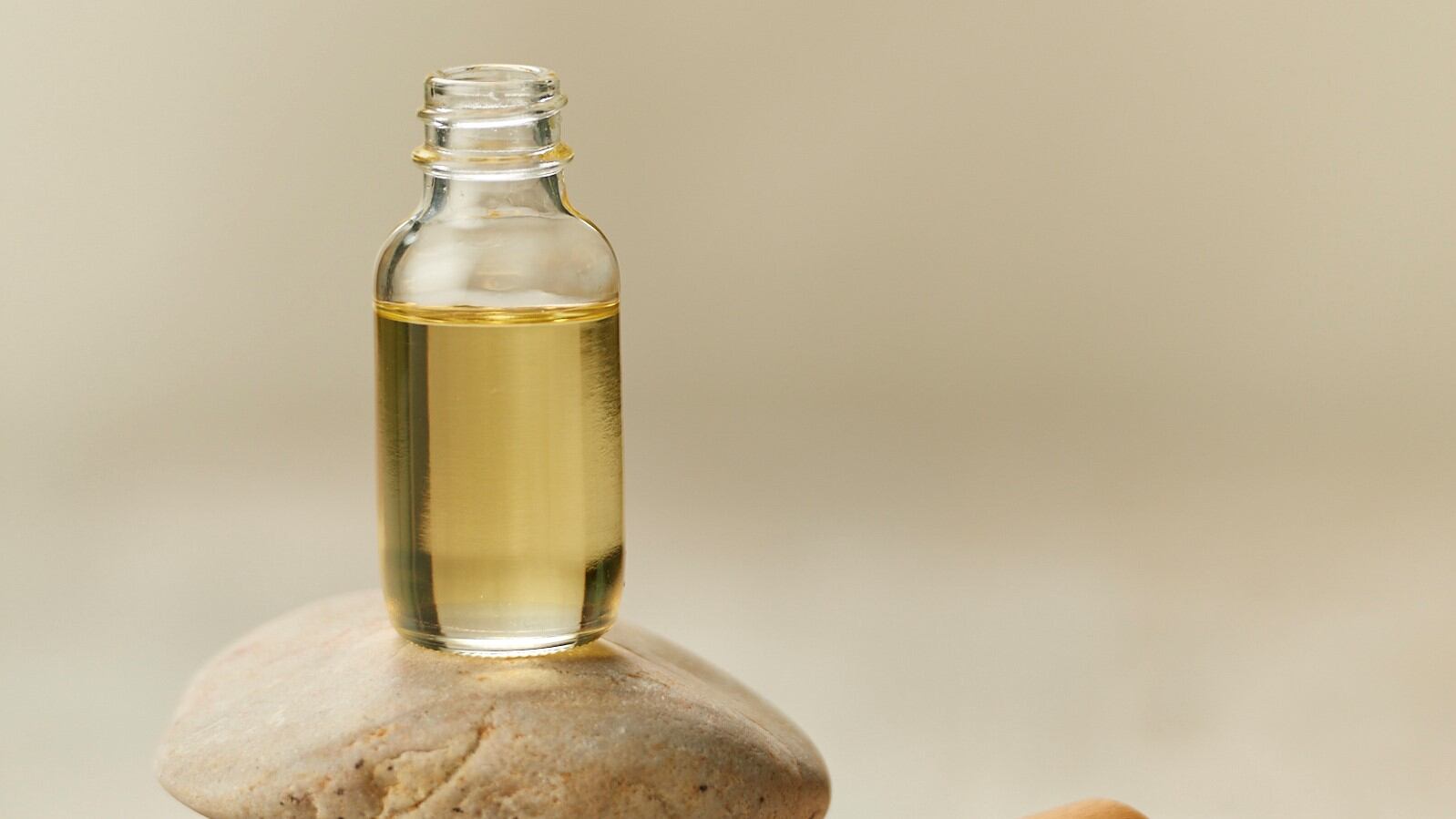Last year, Mintel’s director of beauty and personal care said the COVID-19 crisis had created fresh opportunities in the protective beauty space, including around blue light, shielding and self-care.
So, what exactly did market opportunities look like today? And where were the niche openings for industry to innovate into? CosmeticsDesign-Europe caught up with market experts to find out.
Multifunctional beauty and ‘advanced skin care benefits’
“Living through a pandemic has made consumers think more about overall wellbeing, and multifunctional products will gain more attention and support,” said Anna Keller, global senior beauty analyst at Mintel.
She continued: “At the same time, consumers expect more advanced skincare benefits from their products. This is especially true of benefits attached to protection from external aggressors, as people’s mindset of shielding from airborne particles accelerated with the pandemic.”
This demand for multifunctional products was closely linked to the ‘skinimalism’ trend that Mintel had observed, as consumers adopted to reduce beauty routines to meet shrinking budgets and focus on clean formulations.
“The skinimalist trend supported by a heightened focus on wellbeing and sustainability sees the lines between cosmetics and skincare in makeup products blurring more and more,” Keller noted.
‘Value for money’ in protective beauty that offers more
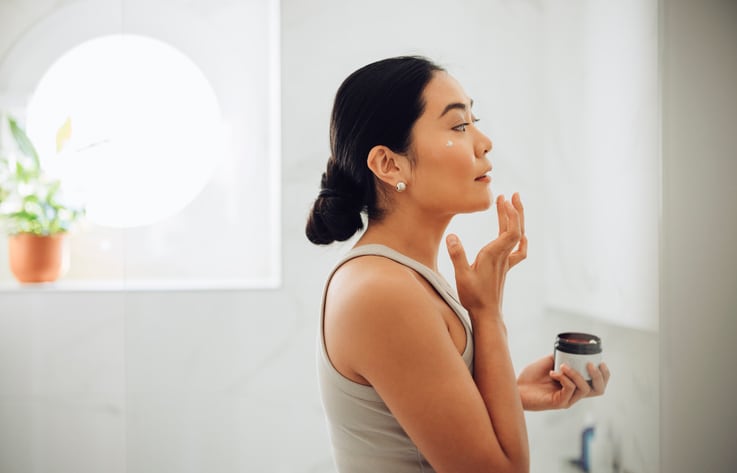
GlobalData agreed multifunctionality was a key driver in protective beauty. According to the analyst’s latest Q1 2022 consumer survey, multifunctionality was the second leading attribute that Europeans associated with ‘good value for money’ in beauty and grooming products (with high quality formulations or ingredients being the top attribute).
“People actively want products that offer more - and protection against environmental factors is a big part of this,” Carmen Bryan, consumer analyst at GlobalData, said.
“What’s really interesting is how often these claims are present across categories, with many makeup and even haircare products incorporating UV protection into the formulations, for instance,” she added.
Sunscreen slow to adapt - most innovation around texture, application
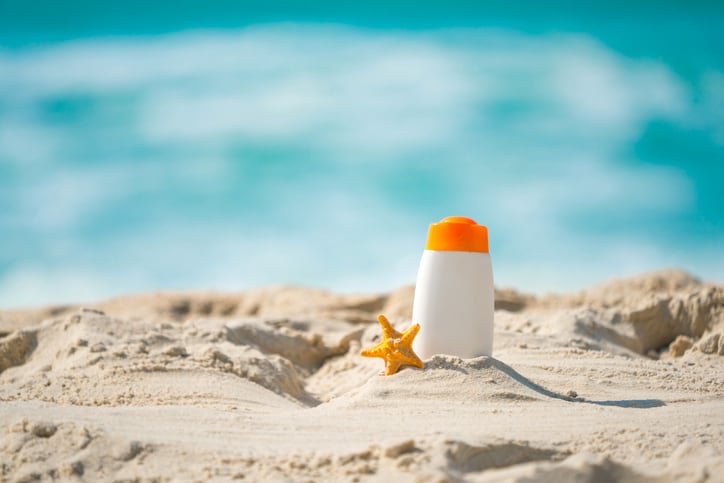
Whilst there were some sunscreen brands going beyond sunlight protection, like Gisèle Denis’ protector facial sunscreen (Spain) with its three-in-one approach, promising protection against traditional exposure to sunlight, pollution and blue light, the sunscreen category as a whole offered little in the way of multifunctionality, Bryan said.
“SPF and UV protection has been heavily incorporated into other beauty categories, from hair to makeup. However, innovation in sun care-specific products has been more around the texture or application of the product, as well as its sustainability credentials, such as ensuring it is safe for marine life,” she said.
It could be that there was a latent opportunity here - particularly given that in China, 57% of sunscreen users thought sunscreen products should provide more skincare benefits than UV protection alone, according to Mintel.
Mintel said beauty and personal care brands could look to functional ingredients used in food and beverages to inspire future novel sun care concepts. These could include adaptogens - natural ingredients that claim to help the body adapt to physical and mental stress.
“Products that mention adaptogens on pack are still very niche. Brands can tap into this white space through sun care launches with leading adaptogenic ingredients such as holy basil and ashwagandha,” said Keller.
Digital pollution an ‘interesting space for brands’

GlobalData and Mintel had also both tipped blue light protection as a trend set to grow significantly, given the long hours that many people spent on devices.
“The truth is that most people are exposed to blue light for extended periods of time. This is something we will need to learn to address and counter. As such, this is creating an interesting space for brands,” noted Bryan.
She highlighted two products that were riding this trend already. In the UK, budget brand e.l.f. offered Stay All Day Blue Light Micro-Setting Mist infused with glucosylrutin that was said to reduce transmittance of blue light. Glowish by Huda Beauty was another UK launch that claimed to protect against digital pollution and blue light.
But it wasn’t just in the UK where digital pollution was coming into focus, according to Mintel. Its data showed that in France, 62% of adults were concerned about indoor pollution, 49% about electromagnetic radiation pollution and 48% about blue light pollution.
Environmental pollution on the agenda for consumers
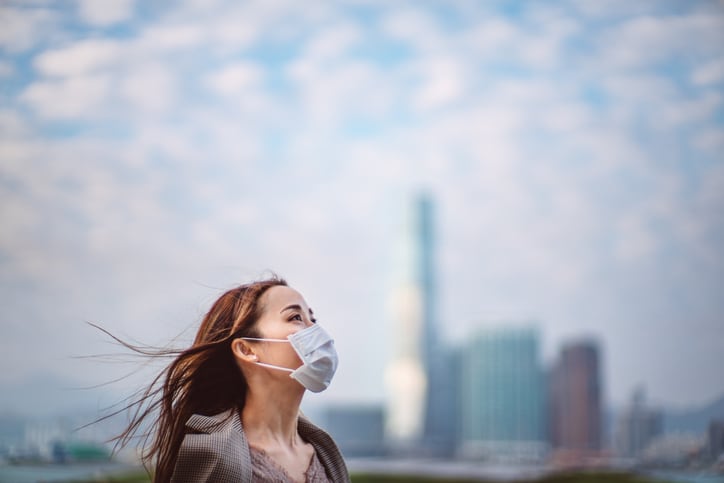
Moving outdoors, urban pollution was another aggressor on the consumer radar, according to the market research companies, and with good reason. A recent study funded by Henkel and L’Oréal showed increased evidence of oxidative stress - a recognised marker of damage, after diesel exhaust particle exposure.
Mintel research indicated that, in the UK, 41% of female facial skincare users considered pollution as one of the top three factors impacting the appearance of facial skin and in China 38% of women with skin issues cited environmental pollution as a cause of this.
“Beauty products with ‘pollution proofing’ claims are definitely gaining ground in the industry. By 2050, the UN expects that more than two-thirds of the world’s population will live in cities and given the already alarming pollution levels in some mega-cities such as Beijing, it’s only natural that people will actively look for ways to minimise the fallout or impact poor air quality has on their appearance and aging,” according to Bryan.
GlobalData listed vitamin C, antioxidants and algae as three of the anti-pollution ingredients that were viewed most positively by consumers.
“Given the popularity and awareness around these ingredients, pollution proofing claims that use these are more likely to be trusted, increasing the product’s credibility,” said Bryan.
Alleviating mental stress a ‘big’ beauty opportunity
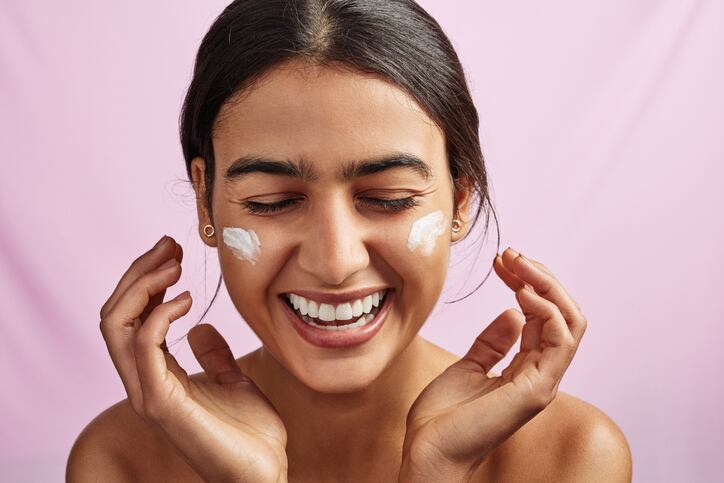
Mental stress was another aggressor that consumers were seeking protection against. Although less tangible than the oxidative stress caused by various forms of pollution, it nevertheless offered huge potential for beauty brands, according to GlobalData.
“This is a big one,” said Bryan. “The pandemic helped raise awareness of mental health as many people experienced burnout, and we are seeing this being addressed in all areas of the FMCG industry, so it’s only natural that we would see this in beauty as well. With 78% of Europeans actively preferring products that claim to be good for their mental wellness, there is ample opportunity for new and established brands to enter this area.”.
She cited Tata Harper Aromatic Stress Treatment as an example of a beauty product that was claiming to help transform mood and energy. “With a 100% natural formulation, the brand is eyeing those consumers looking for alternative methods to alleviate their stress. Brands are also incorporating relaxation or calming claims into their products, often utilising superfoods or aromas to help achieve this,” she added.

